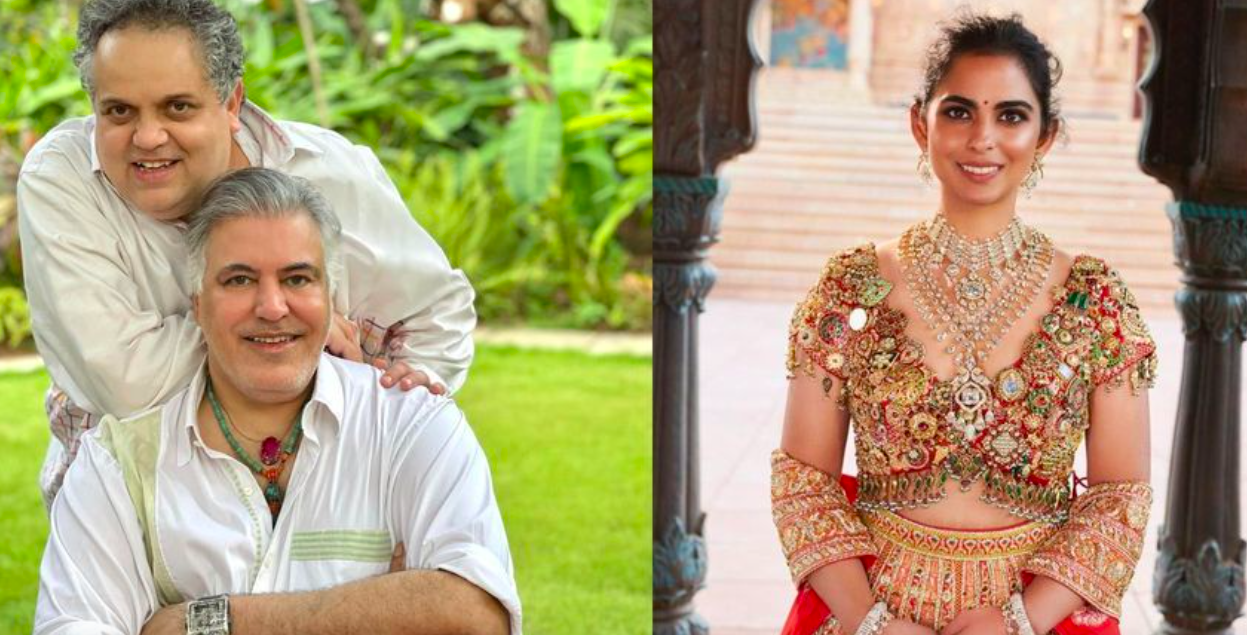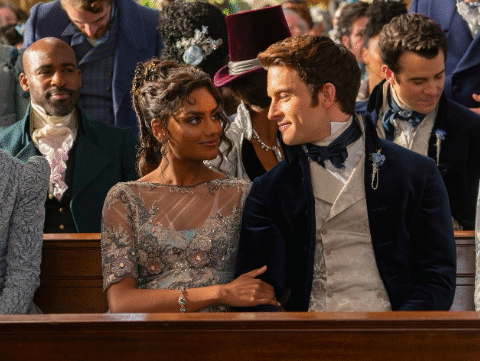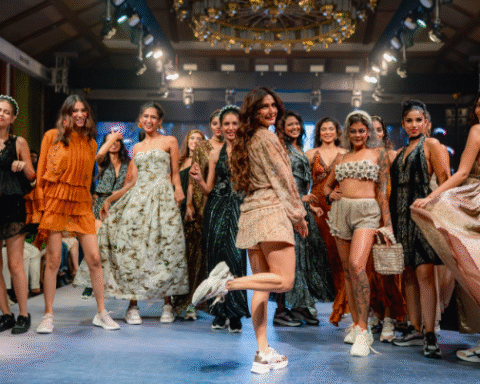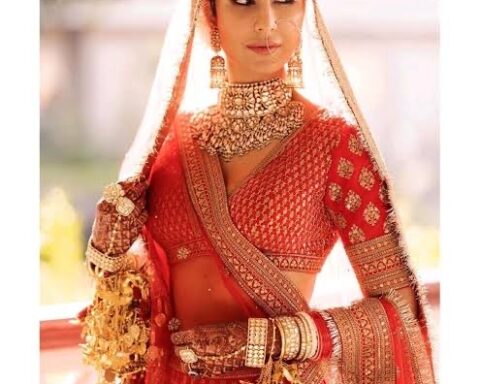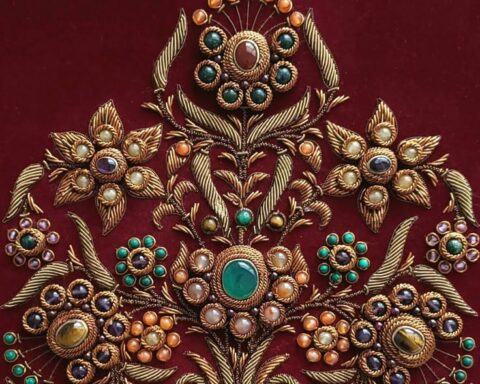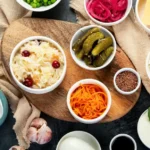How India’s rich textile traditions continue to inspire the country’s most celebrated couture houses.
India’s textile heritage is as diverse and vibrant as its culture, with every region weaving stories through its fabrics. From the soft warmth of Kashmiri pashmina to the intricate shimmer of Kanjeevaram silk from Tamil Nadu, these fabrics are more than materials—they are living legacies of craftsmanship, passed down through generations. Designers across India have long drawn inspiration from these regional treasures, using them to blend traditional artistry with contemporary fashion.
In the north, pashmina and Kullu shawls remain eternal muses for couturiers like Anita Dongre, who often incorporates handwoven wool and artisanal embroidery into her collections, championing sustainable and rural craft traditions. Phulkari from Punjab, known for its vibrant floral embroidery, has been reimagined by designers such as Ritu Kumar, who has dedicated decades to reviving heritage techniques.
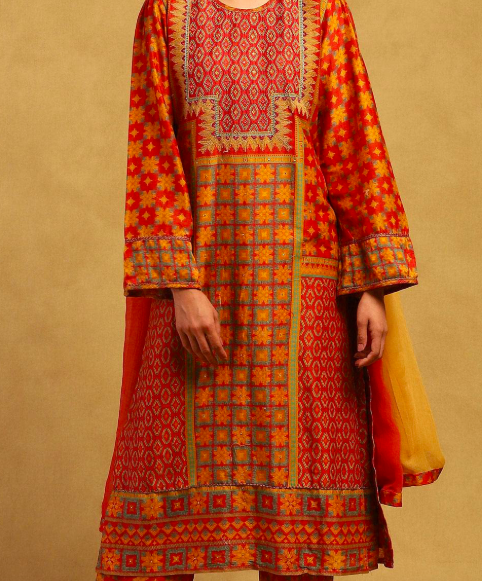
Moving westward, Gujarat’s bandhani and Rajasthan’s panja weave have found modern expressions in the works of Abu Jani Sandeep Khosla, celebrated for fusing bold colours with intricate handwork.
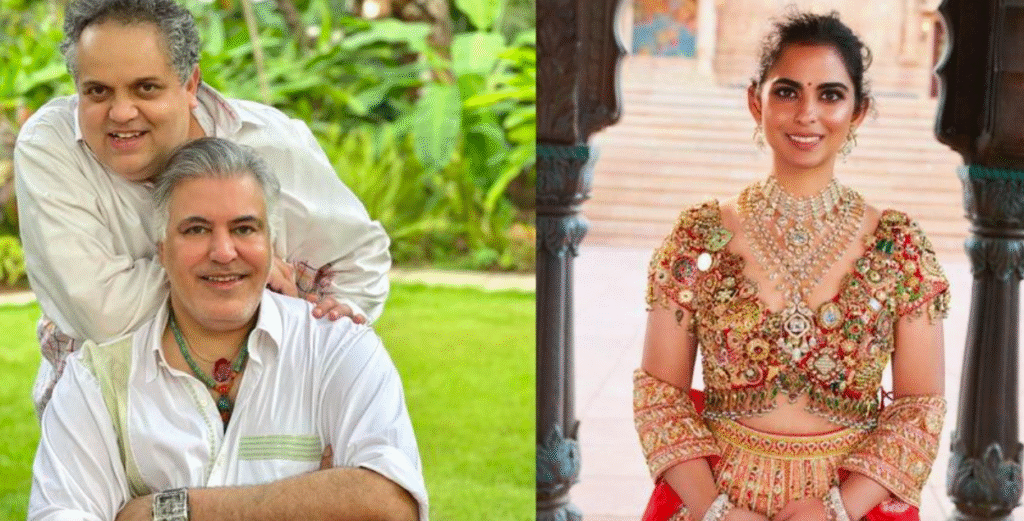
Maharashtra’s paithani silks, luxurious with their gold zari borders and peacock motifs, remain a staple in Manish Malhotra’s bridal couture, where opulence meets cultural authenticity.
In central and eastern India, chanderi and kosa silks from Madhya Pradesh and Chhattisgarh are frequently embraced by designers like Rahul Mishra, whose slow fashion ethos celebrates handloom purity.
Odisha’s ikat and West Bengal’s jamdani are favoured by Sabyasachi Mukherjee, who elevates them with meticulous detailing, making them global symbols of Indian luxury.
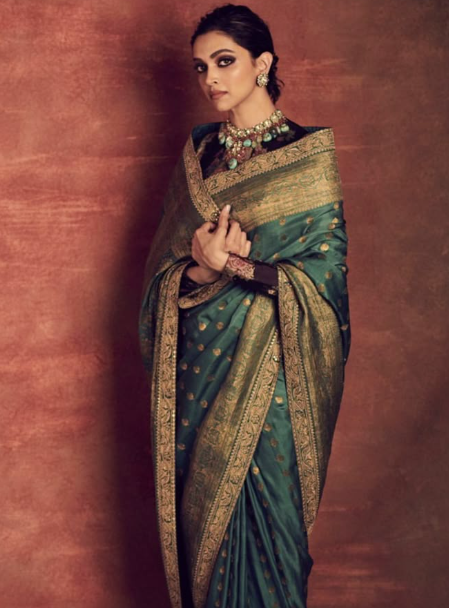
The southern states boast equally iconic weaves—Kanjeevaram silk from Tamil Nadu, a favourite of Gaurang Shah for his grand, traditional sarees; Mysore silk from Karnataka, celebrated by Neeta Lulla for its regal drape; and Kerala’s kasavu, with its understated gold-edged elegance, reinterpreted by contemporary designers for modern bridalwear.
Even the lesser-known treasures like the tribal weaves of Nagaland, Lepcha and Apatani from the Northeast, and Bhagalpuri silk from Bihar are slowly finding their space on couture ramps, thanks to experimental labels and fashion weeks spotlighting indigenous artistry.
In today’s fashion landscape, India’s fabrics are no longer just part of heritage, they are central to its future. By weaving these time-honoured materials into couture, designers are not only preserving traditional techniques but also ensuring they evolve, remain relevant, and continue to tell India’s story, one thread at a time.

